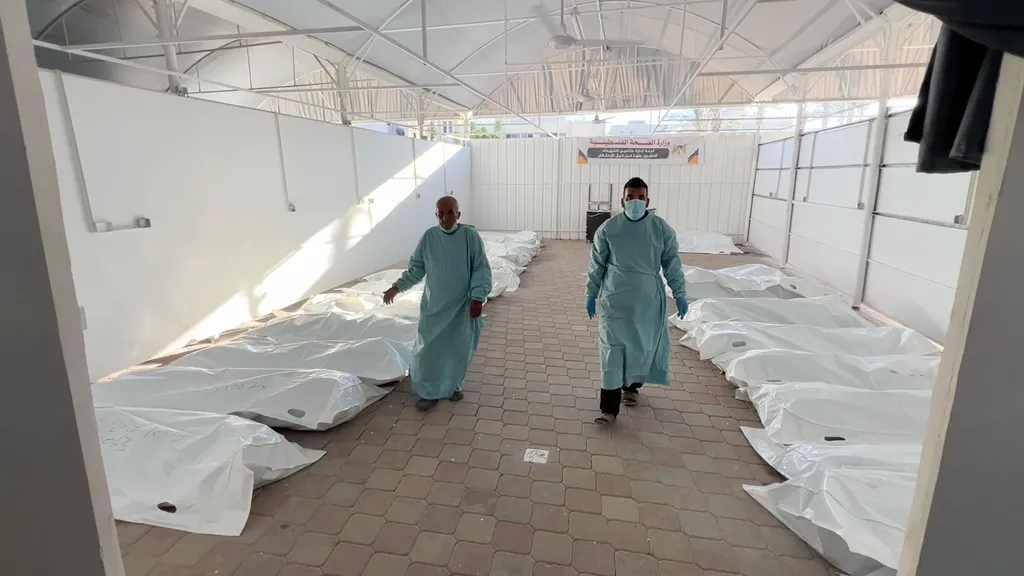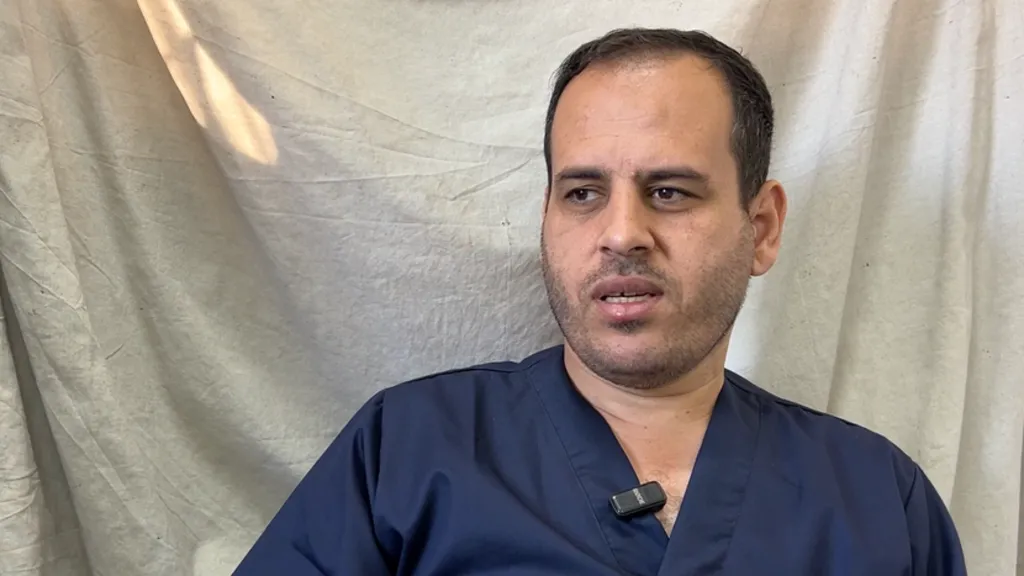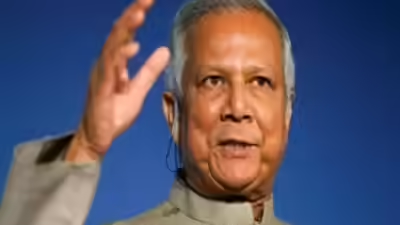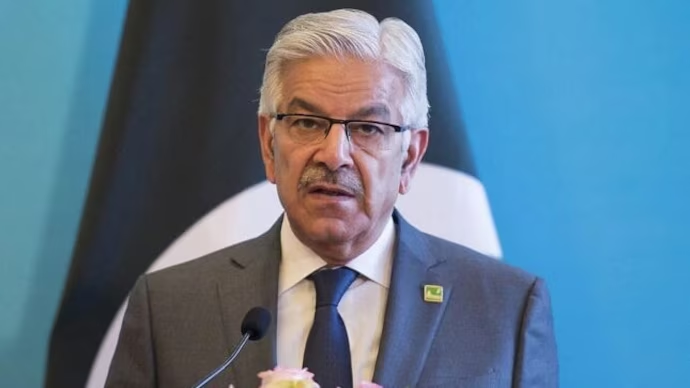
Forensic teams at Nasser Hospital in Gaza are confronting a daunting task as they work to examine nearly 200 Palestinian bodies returned by Israeli authorities in recent days. The bodies were returned under a ceasefire agreement brokered by former U.S. President Donald Trump, which also facilitated the return of Israeli hostages. Despite this diplomatic breakthrough, the state of the bodies has raised serious concerns about torture, mistreatment, and identification challenges.
The hospital’s forensics unit operates in a single room with limited facilities. There is no cold storage or full DNA testing capability, leaving the team struggling to properly document injuries or confirm identities. Many of the bodies arrived frozen, complicating even basic examinations. Others were partially clothed, often only in underwear, or completely naked. Several bodies exhibited signs of severe restraint, including tied wrists behind their backs, blindfolds, and ropes around the neck, suggesting potential abuse prior to death.

Dr. Ahmed Dheir, head of Nasser Hospital’s forensic unit, said the lack of cold storage is a major barrier. “If we wait for the bodies to thaw, rapid decomposition begins almost immediately, putting us in an impossible position. We lose the ability to examine remains properly,” he explained. As a result, his team is focusing on collecting samples and documenting visible injuries while the bodies remain frozen.
ALSO READ: Jackie Tohn on Comfort and Confidence While Filming Revealing Scenes
Dr. Alaa al-Astal, a member of the hospital’s forensic team, described some cases as showing clear signs of torture. Tight bindings on the wrists and ankles had cut off circulation, leaving visible tissue damage. Deep grooves around the eyes suggested extreme pressure from blindfolds, and cloths tied around the necks of some bodies raised questions about possible strangulation. Without full autopsies, the team cannot determine the exact cause of death in many cases.

Photographs reviewed by journalists and shared by Gaza’s health authorities show the bodies in varying conditions. Some images display bruises, deep indentations, and cable ties, which could indicate restraints applied while the individuals were alive. In other cases, the damage is less conclusive, leaving forensic experts unable to determine whether abuse occurred before or after death. External forensic consultants, including specialists in torture, confirmed that post-mortem examinations are essential to reach reliable conclusions.
ALSO READ: UK TikTok Influencer Mahek Bukhari’s Murder Sentence Reduced After Fatal Car Chase
Sameh Yassin Hamad, part of the Hamas-run committee overseeing the return of bodies, reported additional troubling signs. Several corpses bore stab wounds to the chest or face, and bruising patterns suggested severe beatings prior to death. He emphasized that identifying detainees versus combatants or civilians is extremely difficult, as many bodies arrived naked or in civilian clothing, while a few still had Hamas insignia or military boots.

The human rights organization Physicians for Human Rights-Israel has documented widespread abuse in Israeli detention facilities, particularly in Sde Teiman, where detainees were reportedly restrained hand and foot for months. Some were held in these conditions even while undergoing medical treatment, causing infections and severe injuries. Witnesses from the facility described the treatment as dehumanizing.
Despite repeated requests, Israeli authorities have shared limited information. Only six of the 195 bodies returned had any identification, and five of those names were reportedly incorrect. DNA profiles were provided for roughly half of the bodies, but crucial details about the circumstances, dates, and locations of death remain undisclosed. Israel maintains that the returned bodies are combatants and denies allegations of pre-release mistreatment. A spokesperson for the Prime Minister’s Office called the Gaza reports “efforts to demonize Israel.”

For families in Gaza, the lack of clarity has made grief and closure almost impossible. Only about 50 bodies have been positively identified using basic characteristics like height, age, and visible injuries. At least 54 bodies have already been buried without confirmation, forcing relatives to attend mass burials in the hope that a loved one is among the deceased. Families expressed anguish over burying unidentified remains, emphasizing that proper DNA testing could provide certainty.
Dr. Dheir described the situation as overwhelming. “We are under intense pressure to identify the dead and provide answers about what happened. Without proper autopsies and DNA testing, we cannot give families the truth,” he said. Human rights experts warn that this represents a major forensic and humanitarian crisis, with urgent need for international support to allow comprehensive examinations.
The ceasefire has brought limited relief to Gaza, but for the families of the missing, the uncertainty persists. As bodies continue to be examined and buried, doctors, human rights groups, and relatives remain desperate for answers, emphasizing the critical importance of transparent investigations and proper forensic procedures.




